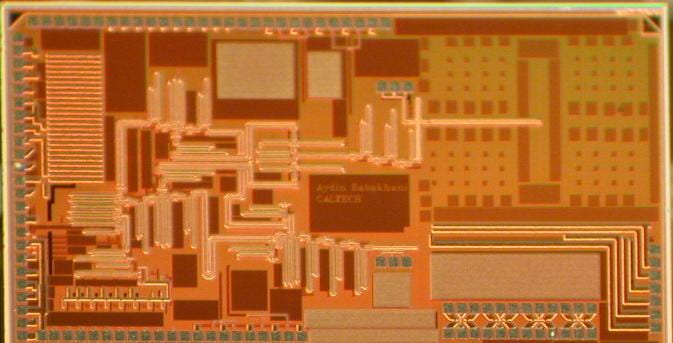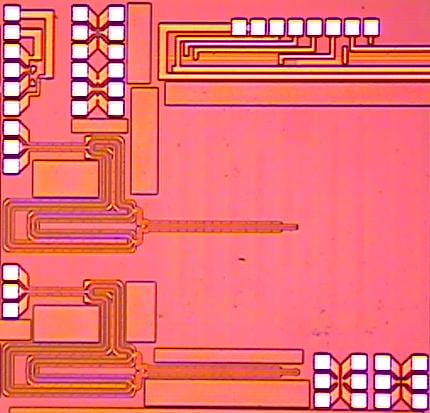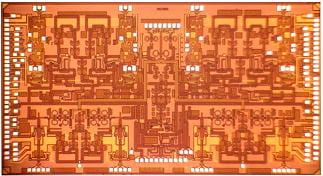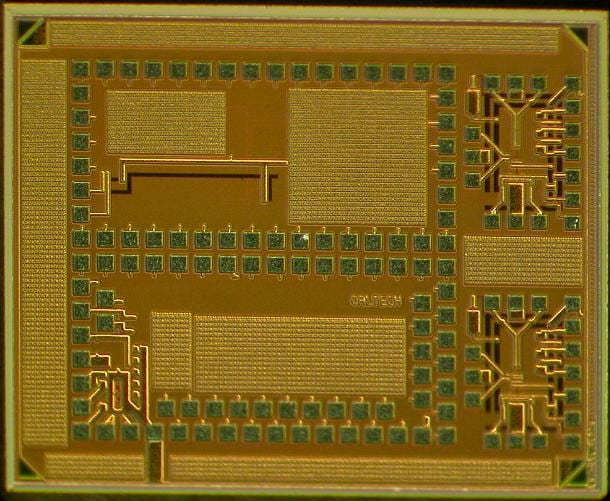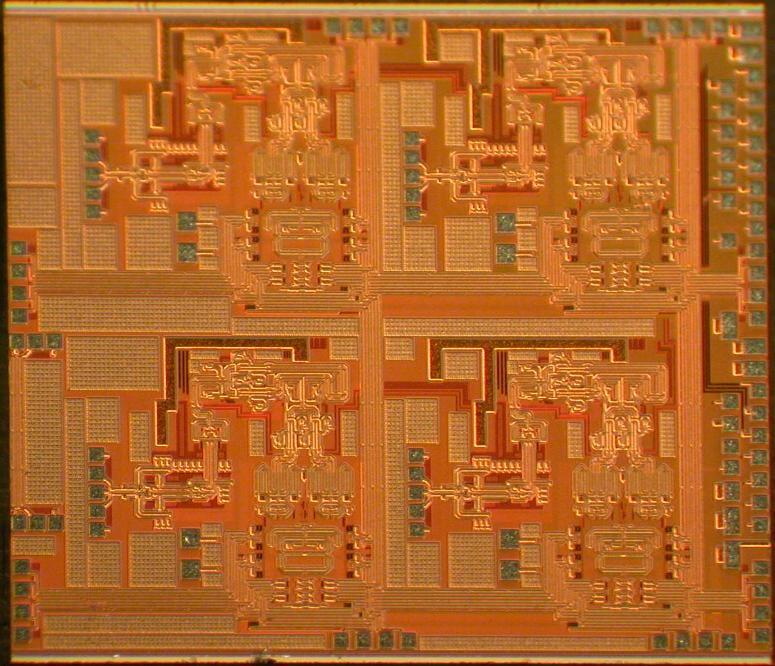Past Research
Near-Field Direct Antenna Modulation (NFDAM) is a new concept in designing secure communication systems. Despite the traditional ways of modulating the signal at the baseband, and up-converting to the RF domain, in NFDAM systems the signal is directly modulated in the vicinity of the antenna. In fact, an un-modulated sinusoidal signal drives the antenna and the information is created by constantly varying the boundary conditions of the antenna at the speed of symbol rate. By changing the boundary conditions of the antenna, the far-field pattern varies at the speed of symbol rate, hence the signal seen at the far-field is modulated. Due to the fundamental property of direct antenna modulation, NFDAM systems are capable of sending independent data in multiple directions simultaneously. In these systems, a correctly modulated signal is sent at a desired angle, while receivers located in other directions capture scrambled constellation points. This characteristic of NFDAM systems prevents eavesdroppers from capturing the correctly modulated information, hence the security of the communication link is increased. In this project, two 60GHz proof-of-concept chips, one based on switches and the other based on varactors, were implemented and tested successfully. These chips were implemented in a 130nm SiGe BiCMOS technology. The electromagnetic section of these chips uses CMOS switches and varactors.
The world’s first millimeter-wave silicon-based phased array transceiver with on-chip antennas has been successfully implemented and tested. This chip, which operates at 77GHz, includes four transmitters, four receivers, eight on-chip lens coupled dipole antennas, a voltage controlled oscillator (VCO), an injection locked divider and a digital divider chain, phase rotators, signal distribution circuitry, and combining blocks. This 4-element phased array transceiver uses continuous phase rotators to electronically steer the radiation patter. The chip is implemented in a 130nm SiGe BiCMOS process.
An integrated spectral-scanning nuclear magnetic resonance imaging (MRI) transceiver has been implemented in a 130nm SiGe BiCMOS process. The system is designed specifically for small-scale surface MRI diagnostics applications where creating low (below 1T) and inhomogeneous magnetic field generation is more practical. The operation frequency for this spectroscopy system is tunable from DC to 37MHz, corresponding to 0-0.9T magnetization for 1H. The concurrent measurement bandwidth is approximately one frequency octave. The system can also be used for narrow-band nuclear magnetic resonance (NMR) spectroscopy from DC up to 250MHz. This chip consists of both the magnetic resonance transmitter which generates the required excitation pulses for the magnetic dipole excitation, and the receiver which recovers the responses of the dipoles.
A silicon-based 2×2 oscillator array for a 60GHz transmitter has been fabricated with integrated power amplifiers and on-chip antennas. To lock between multiple dies, an injection-locking scheme appropriate for wire-bond interconnects is used. The 2×2 array demonstrates a 200MHz locking range, and the 1×4 array formed by two adjacent chips has a 60MHz locking range. The phase noise of the coupled oscillators is below 100 dBc/Hz at a 1MHz offset when locked to an external reference. This chip, which has been implemented in a 130nm SiGe BiCMOS process, is the highest frequency demonstration of coupled oscillators fabricated in a conventional silicon integrated-circuit process.
A 6GHz to 18GHz integrated phased array receiver was implemented in a 130nm CMOS process. The receiver is easily scalable for building a very large-scale phased array system. It concurrently forms four independent beams at two different frequencies from 6GHz to 18GHz. The nominal conversion gain of the receiver ranges from 16dB to 24dB over the entire band, while the worst-case cross-band and cross-polarization rejections are achieved at 48dB and 63dB, respectively. Phase shifting is performed in the LO path by a digital phase rotator, with the worst-case RMS phase error and amplitude variation of 0.5dB and 0.4dB, respectively, over the entire band. A four-element phased array receiver system is implemented based on four receiver chips. The measured array patterns agree well with the theoretical ones, with a peak-to-null ratio of over 21.5dB.

